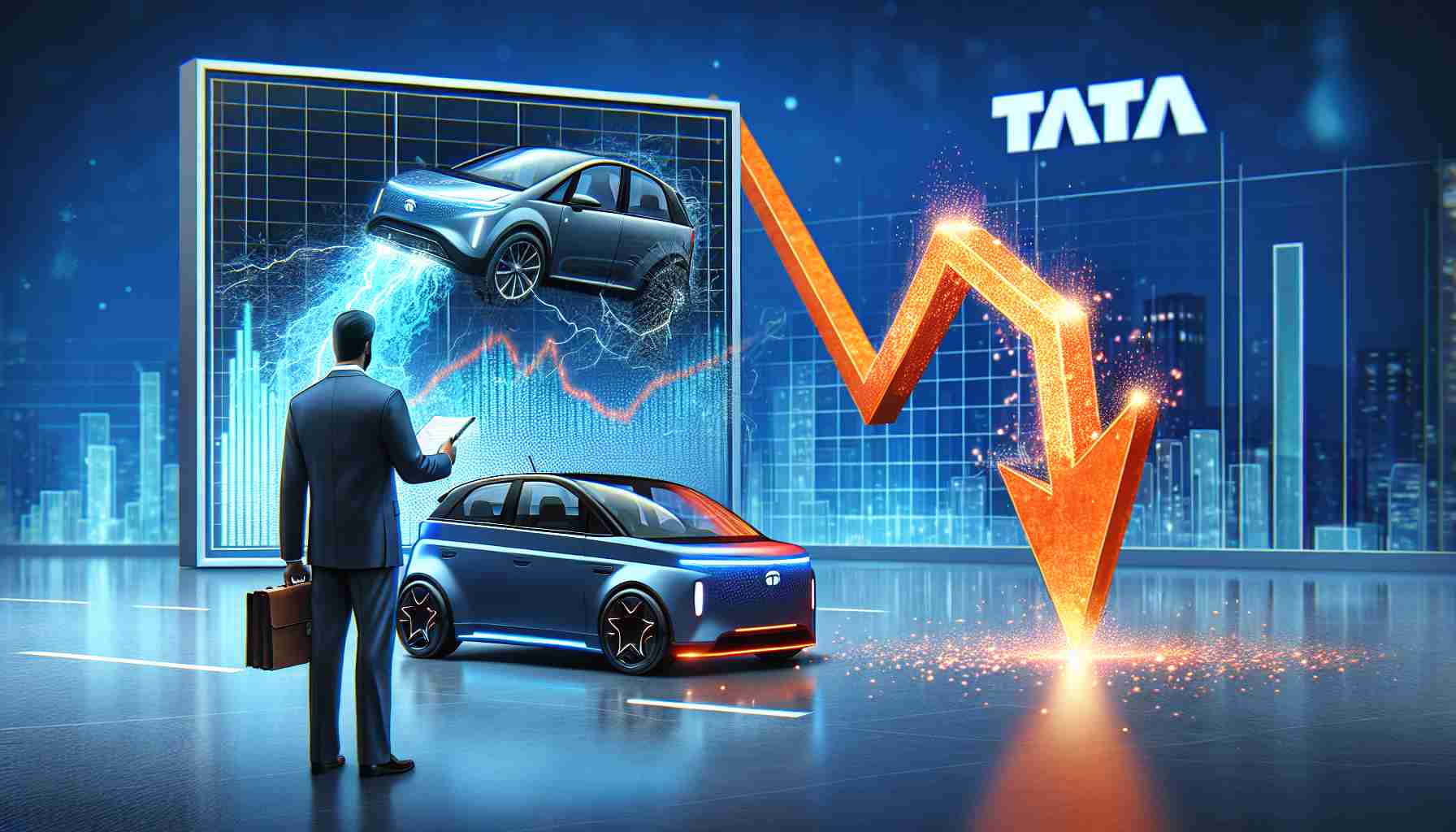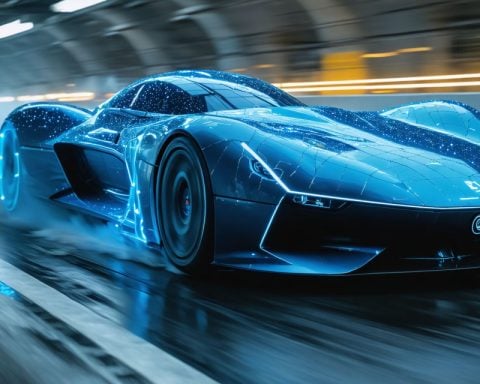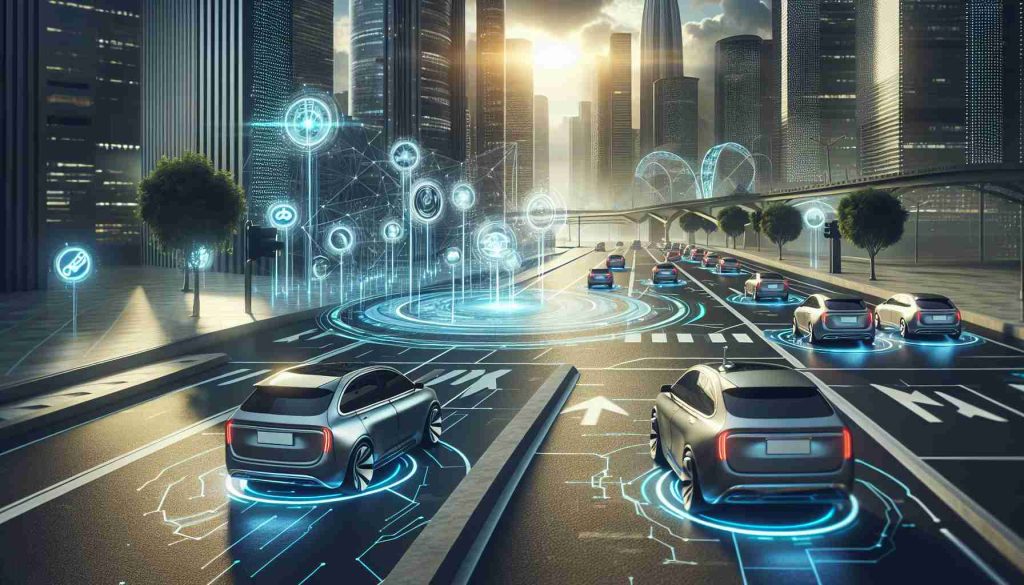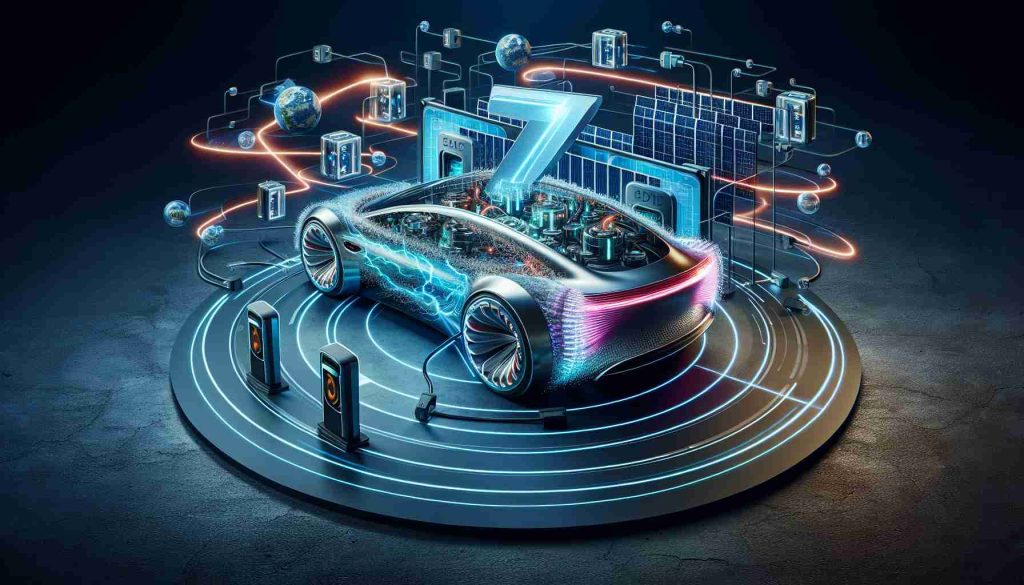Tata Motors is facing a significant shift in market dynamics. Their market share has dropped from a commanding 73% to 62%. As they look to recover, the company is set to introduce two highly anticipated electric vehicles (EVs) in 2025: the Harrier EV is scheduled for release in the first half of the year, followed by the Sierra EV later on. These new models are designed to compete directly with emerging offerings from rivals like Mahindra & Mahindra, Hyundai’s Creta Electric, and Maruti Suzuki’s e Vitara.
Currently, electric vehicles account for just over 2% of the overall passenger vehicle market. Industry experts suggest that reaching a penetration rate of 5-6% is critical for accelerating growth in the EV sector, with the potential for the market to potentially double this year.
Despite these optimistic projections for EVs, the broader passenger vehicle market is expected to face challenges. After experiencing robust growth over recent years, a slowdown is anticipated due to elevated stock levels impacting sales. In 2024, the passenger vehicle sector showed a modest growth rate of 4.2%, totaling approximately 4.3 million units sold.
Tata Motors aims to boost its sales by focusing on electric and CNG vehicles. The recently launched coupe SUV Curvv has already showcased promising performance. With its unique design, it may capture the imagination of Indian consumers, and increasing visibility on the roads is likely to enhance its sales further.
Electric Vehicles and Their Broader Impact on Society and the Economy
The shift toward electric vehicles (EVs), exemplified by Tata Motors’ evolving strategy, is not just a corporate maneuver but a reflection of broader societal and economic currents. As EV adoption rises, it has the potential to transform urban environments, reduce greenhouse gas emissions, and shape consumer behavior. Cities that embrace EVs could see improved air quality, leading to healthier residents. This transition aligns with global sustainability initiatives, aiming to combat climate change and lessen dependence on fossil fuels.
In the global economy, the electric vehicle market represents a substantial opportunity for growth. According to industry forecasts, the market is expected to expand from a mere 2% to a potentially doubling rate this year, prompting countries to rethink energy policies and infrastructure investments. The competitiveness among automakers like Tata and its rivals could stimulate innovation, leading to new technologies and manufacturing practices that will further integrate EVs into the economic landscape.
On the environmental front, the shift to EVs could significantly reduce emissions, yet it is not without challenges. The sourcing of materials for batteries raises concerns around environmental degradation and unsustainable mining practices. Additionally, the future sustainability of EVs will depend on renewable energy integration into the charging infrastructure, ensuring that these vehicles contribute positively to the green agenda.
In summary, the direction Tata Motors takes with its new EV offerings may well signal a pivotal moment in the automotive industry. As EVs carve out a larger share of the market, their societal ramifications could redefine transport, drive economic shifts, and demand a more sustainable approach to both manufacturing and energy consumption in the long term.
Tata Motors’ Electric Revolution: What to Expect in 2025 and Beyond
Market Overview
Tata Motors, once a dominant player in the Indian passenger vehicle market with a share of 73%, is currently navigating a significant shift. The company’s market share has dipped to 62%, prompting strategic initiatives to reclaim its position. Amidst this transformation, Tata Motors is gearing up to launch two electric vehicles (EVs), the Harrier EV and the Sierra EV, aimed at revitalizing its market presence and competing effectively against rivals such as Mahindra & Mahindra, Hyundai, and Maruti Suzuki.
Upcoming Electric Vehicles
– Harrier EV: Slated for release in the first half of 2025, the Harrier EV is positioned to attract consumers looking for style and sustainability.
– Sierra EV: Following the Harrier, the Sierra EV promises modern features and innovative technology. This model is expected to be released later in 2025.
These vehicles are an integral part of Tata’s strategy to increase its footprint in the electric segment, which currently holds just over 2% of the total passenger vehicle market.
Trends and Insights in the EV Sector
A pivotal trend in the EV market indicates that reaching a penetration rate of 5-6% is essential for substantial growth. Industry analysts predict that the market for electric vehicles could potentially double within the year, driven by increasing consumer interest and evolving legislative frameworks supporting EV adoption.
Broader Passenger Vehicle Market Challenges
Despite promising projections for EVs, the overall passenger vehicle market is poised for challenges. After a period of robust growth, a projected slowdown is expected due to high stock levels affecting sales dynamics. The passenger vehicle sector is forecasted to grow modestly at 4.2% in 2024, amounting to approximately 4.3 million units sold. This situation underscores the need for Tata Motors to innovate and appeal to the evolving desires of consumers.
Tata Motors’ Strategic Moves
To enhance its sales trajectory, Tata Motors is placing a strong emphasis on electric and CNG vehicles. The recent introduction of the coupe SUV Curvv has shown promising early performance, characterized by its unique design that resonates with contemporary consumer preferences. The visibility of such vehicles on the road is crucial, as it can significantly influence consumer uptake and brand loyalty.
Limitations and Considerations
While the introduction of electric vehicles presents opportunities, Tata Motors must also navigate limitations such as supply chain disruptions, cost management, and consumer education regarding EV benefits. Addressing these factors will be vital for maximizing the potential of upcoming models.
Pros and Cons of Tata Motors’ EV Strategy
– Pros
– Strong brand recognition in the Indian market.
– Anticipated technological advancements in the Harrier and Sierra EVs.
– Growing governmental support for electric mobility.
– Cons
– High competition from established and emerging players in the EV sector.
– The risk of production and supply chain challenges.
– Consumer hesitation stemming from the current charging infrastructure.
Conclusion
Tata Motors’ ambitious plans for the launch of the Harrier and Sierra EVs mark a significant step towards reclaiming market share in an evolving landscape. By focusing on innovative design, sustainable technology, and addressing current market challenges, Tata Motors is poised to drive forward in a competitive environment.
For further updates on Tata Motors and the evolving electric vehicle landscape, visit Tata Motors.















